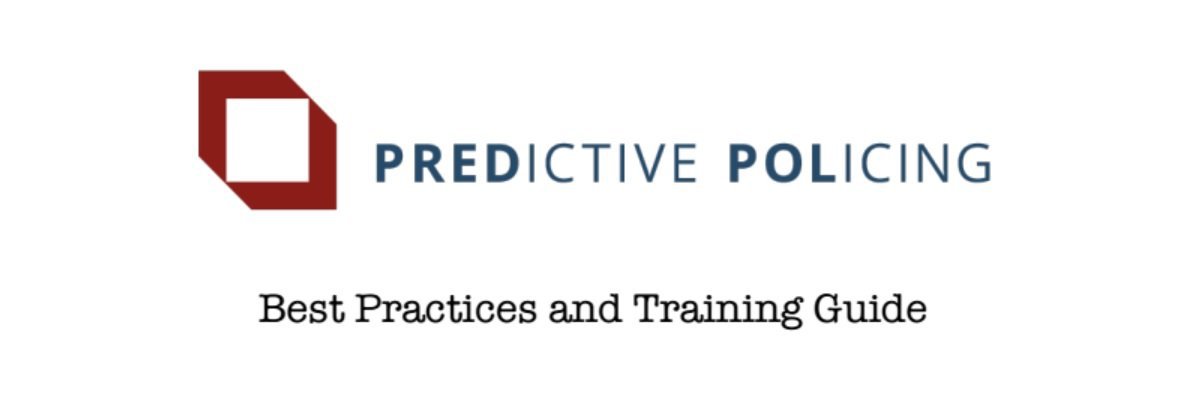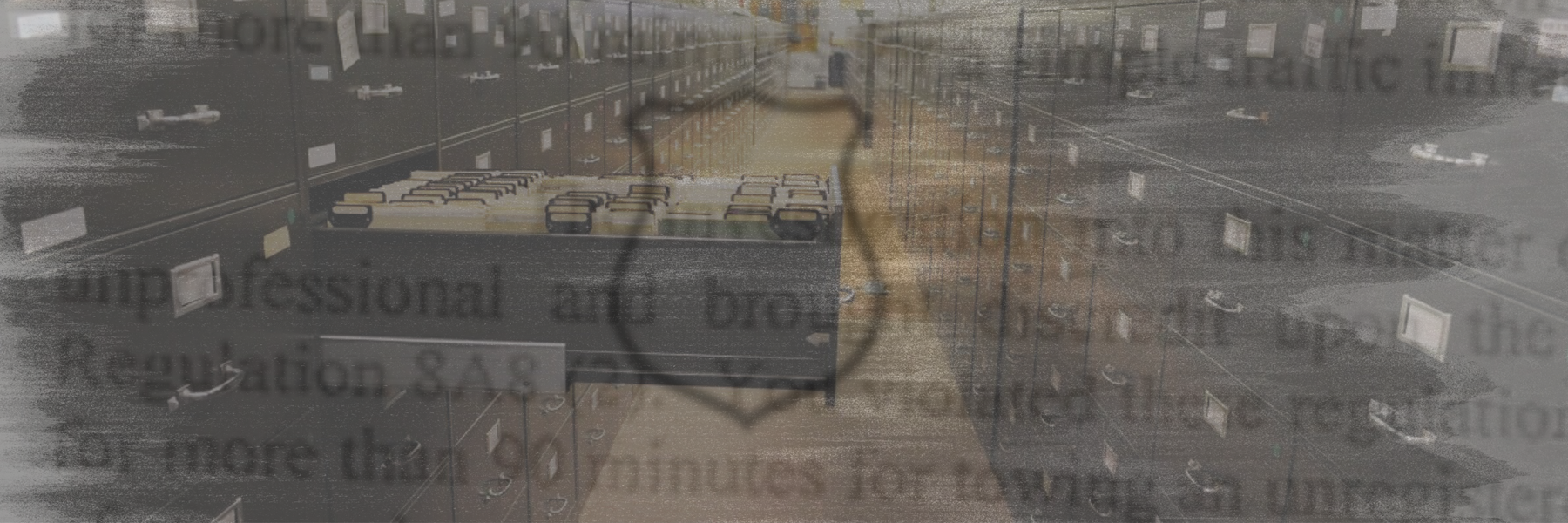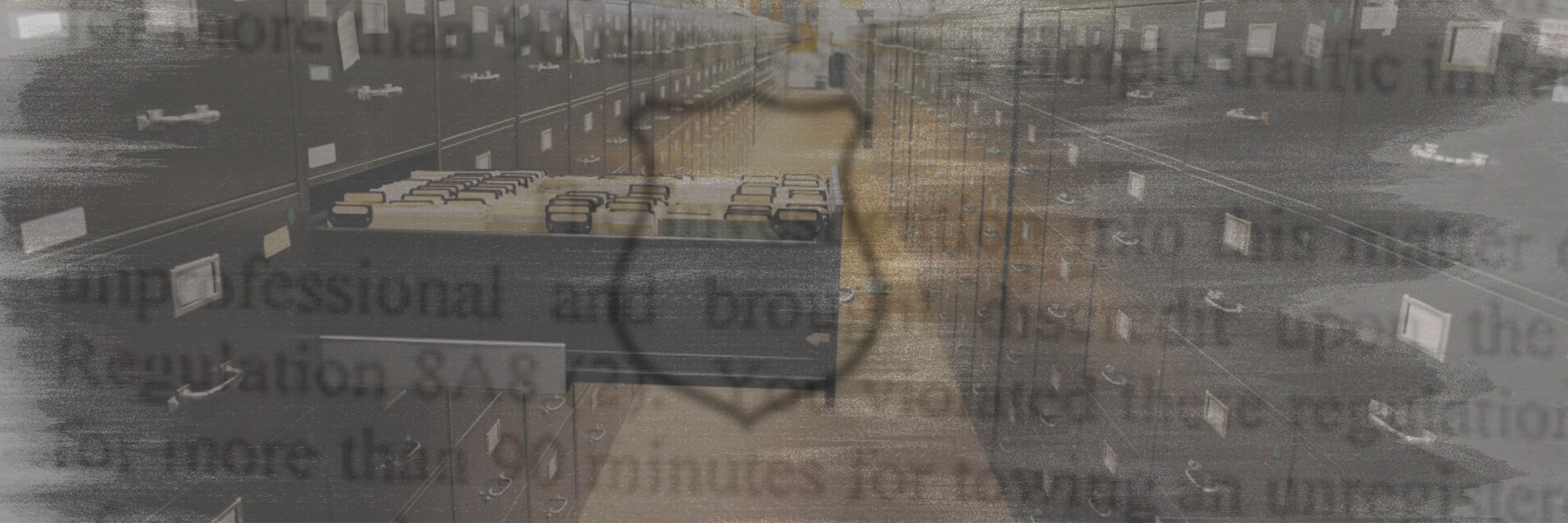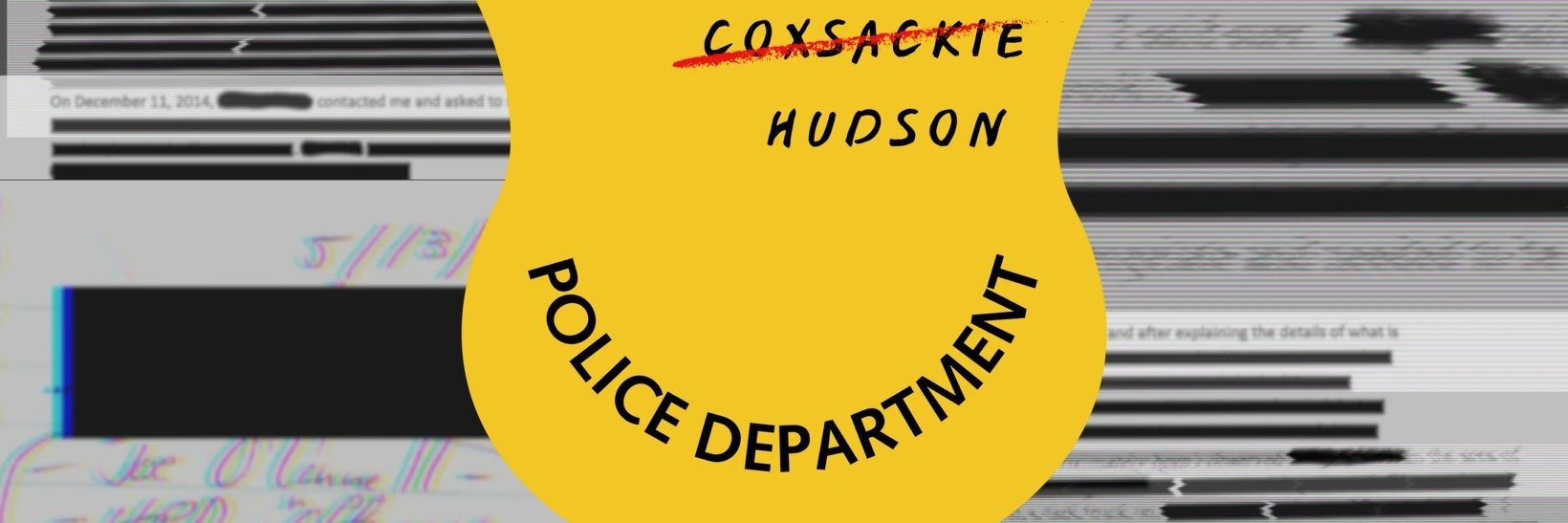An Illinois Freedom of Information Act request filed by the Chicago-based Lucy Parsons Labs has led to the release of a “Best Practices and Training Guide” for the PredPol predictive policing software.
In its own words, predictive, or algorithmic, policing “uses computer models, supported by prior crime and environmental data, to anticipate risk of crime and inform actions to prevent crime.”
What that means in practice is that PredPol operates as a sort of Google Maps plug-in, generating 500 square foot color-coded “boxes” of different types of crime which supposedly occurring or are about to occur in that area.
Officers are encouraged to then “get in the box” and let their “knowledge, skills, and experience” do the rest.
While the manual balks at the suggestion that PredPol is simply a high-tech hunch …
it does take care to note that PredPol is not probabable cause.
While critics of over-policing have argued that these policies are a net negative in the long run by eroding trust between law enforcement and their communities, particularly minority communities, PredPol takes the opposite tact, suggesting use the software to seek out crime in their downtime …
and fully embracing the embattled “broken windows” model of policing.
As of 2016, the Washington Post reported that as many as “20 of the nation’s 50 largest police forces” used the software.
UPDATE: Shortly after publication, Emily Crose tweeted out a technical review thread that included a list of cities with active PredPol portals.
And you guessed it...
— oᴙigiᴎAl 👾 ꙅYᴎ (@emilymaxima) July 11, 2018
-Baltimore
Read the full manual embedded below, and the rest of the release on the request page:




